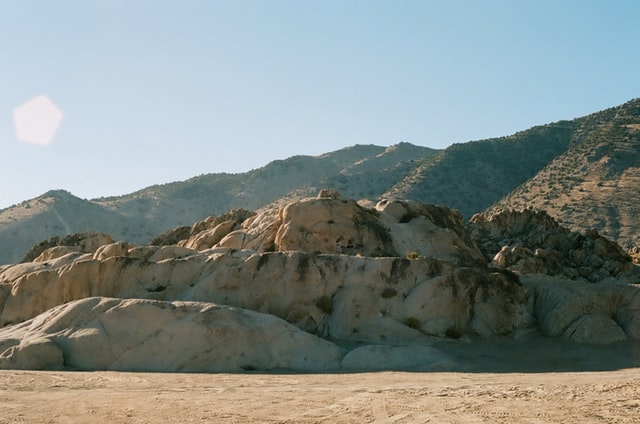Circling History Around Reno

I wouldn’t usually drive 26 miles for the sake of a cup of coffee. Yet the scenic route from downtown Reno to Virginia City is worth it, and not just for the caffeine found at this particular independent roaster. Nevada State Route 241 is a treat for its winding roads up the Highlands, the towering views of the valleys below, and the increasing sense of journeying somewhere special.
Gold was discovered around Virginia City in 1850, and today’s tourists still get a sense of the gold rush era. The main thoroughfare downtown, C Street, is lined with old west buildings that keep the spirit alive with mining artifacts, curiosity museums, and country saloons. Locals dress in period costumes and lure passers-by to take trolley rides and rail tours, or sample homemade candies at the local confectioners. Despite the whirl of visitors and activity on the streets, Virginia City is sometimes referred to as a ghost town for its legends and lore, and storied past. This boom town certainly had its bust, but in 1961 the town was designated as a National Historic Landmark, bringing in a new wave of interest to the area.
My visit to the town’s indie coffee roaster is a two-step process. I’m there for the incredibly fresh roasted coffee and to savor the vibe of this old mining town, but only as a means to an end. This stop is part of my scenic drive, exploring the rural countryside and small towns outside of Reno. It’s all too easy to take the direct route from Reno to Tahoe, and while I’ve done my fair share of that drive, I like to explore desert highways and byways, and take in the beauty of roads less traveled when time allows.
I wouldn’t usually drive 26 miles for the sake of a cup of coffee. Yet the scenic route from downtown Reno to Virginia City is worth it.
On this particular journey, my route takes me to Genoa, the oldest settlement in Nevada. This tiny town with only a few hundred inhabitants is located on the southern slopes of the Sierra Nevada Range. A trading post built in 1851 began the town’s history as an important spot on the old west trail. A fire in 1910 destroyed much of the town, but in the years since Genoa has grown into a quaint village with museums, cafes, and active parks. During my stroll through town, I get the sense Genoa’s population has doubled with the number of travelers who have made a point to stop in to peruse the local history.
Genoa is but an hour south of Reno, and my return to the bright-lit city is slow as I meander through country roads that gradually give way to freeways. As I pull into downtown Reno, I am welcomed by the Reno Arch, now an iconic landmark greeting casino players and newlyweds alike. That arch was originally put in place in 1926, to promote the Transcontinental Highways Exposition of 1927. Later, in 1929, it received the now famous slogan of “Reno, The Biggest Little City in the World.” Shortly after, in the 1930s, casinos began to line the downtown streets, paving the way for tourism.
I look through the Reno Arch, gazing down Virginia Street. Following that route, just 26 miles to the south, is Virginia City. As Reno’s downtown lights up the night sky and streets become active, I imagine locals in Virginia City closing up shop and returning to the quiet of their ghost town homes.
Photo for Circling History Around Reno by Unsplash.








